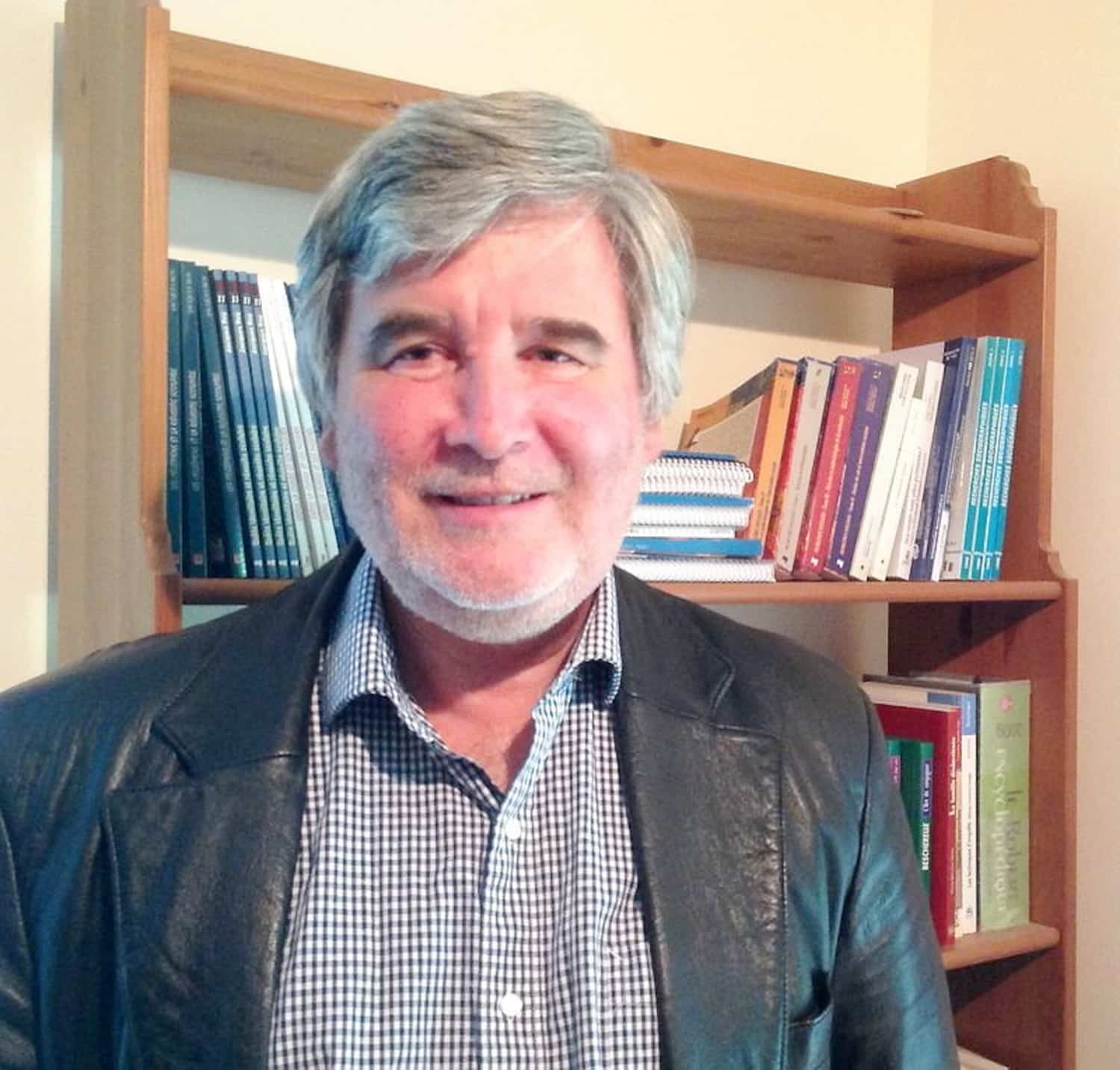Quebecers diagnosed with Alzheimer’s disease will be able to request medical assistance in dying in advance starting Oct. 30. As a will, they will be able to complete the form in anticipation of the moment when they can no longer consent to care. This long-requested extension is welcomed by patients with relief, even if doctors have reservations about its implementation.
A strong desire for autonomy and rejection of religion may explain why Quebecers are the first in the world to resort to medical assistance in dying.
“It embodies Quebec values,” says sociologist Jacques Roy, an associate professor at the University of Quebec in Chicoutimi (UQAC), about medical assistance in dying (AMM).
From April 2022 to March 2023, a total of 5,211 people received MAID, accounting for 6.8% of deaths, according to the End of Life Care Commission. He predicts that MAID will be administered to more than 6,000 people this year.
Before the Netherlands
It is more per million inhabitants than elsewhere, for example in Canada and Belgium. In the Netherlands, the first country to legalize euthanasia, requests do not exceed 6% of deaths as in Quebec.
One must understand why the Interdisciplinary Research Consortium on Medical Assistance in Dying (CIRAMM) was established.
Co-chair and University of Ottawa professor Isabelle Marcoux explains that in less than 10 years after AMM was introduced, Quebec “has become the place that does the most.”
He believes the province was talking about it long before legalization as a hypothesis. However, the consortium is just beginning its research.
More in the region than in Montreal
In particular, he intends to focus on regional differences within the province itself, which show that Quebecers from Lanaudière, Bas-Saint-Laurent and Capitale-Nationale use it more than those in Montreal.
According to him, the population accepted MAID out of a desire for autonomy, a core value of Quebecers. As well as the constant search to improve the quality of life, leading for example to the desire to die without suffering.
He also reports the decline of religion, particularly in Quebec much stronger than in the west of the country. Mr. Roy also sees a desacralization of forms of authority, whether political, religious or professional.
“It’s not a doctor who comes and tells me if I’m suffering enough,” he illustrates.
Why not?
For Georges L’Espérance, president of the Quebec Association for the Right to Die with Dignity (AQDMD), numbers don’t matter as long as the request comes from a patient and meets the strict criteria already in place.
“Why not 10 or 15% (deaths)? What’s the problem?” he asks.
Palliative care remains little known
Palliative care coexists well with medical aid in dying in Quebec, but experts say it remains little known.
“Access to palliative care is still clearly inadequate for many populations, both in terms of quantity and quality,” says Diane Tapp, co-director of the Quebec Palliative and End-of-Life Care Research Network (RQSPAL).
In its latest report, the Commission on End-of-Life Care highlighted that Quebecers “need information regarding palliative care in general.”
Mme Tapp believes that palliative care can ease the suffering of patients with chronic illnesses, for example. He still sees a great deal of uneasiness in dealing with the level of care for the elderly in the CHSLD.
“They end up in the emergency room where their condition is deteriorating, even though it could have been otherwise,” she says, noting that we need to get rid of the feeling of abandonment or that we haven’t tried everything.
Especially when surgeries at an advanced age are likely to bring a lot of pain and suffering.
Let go
“We’re not having this discussion about letting go, even though it’s not about letting people die in pain,” adds geriatrician and researcher Thomas Tannou.
According to him, transfers of patients with CHSLD to the emergency room should not necessarily be automatic, as it is possible to offer comfortable care when, for example, a person falls seriously or gets an infection.
You can refer to the handbook of the Ministry of Health and Social Services here.

